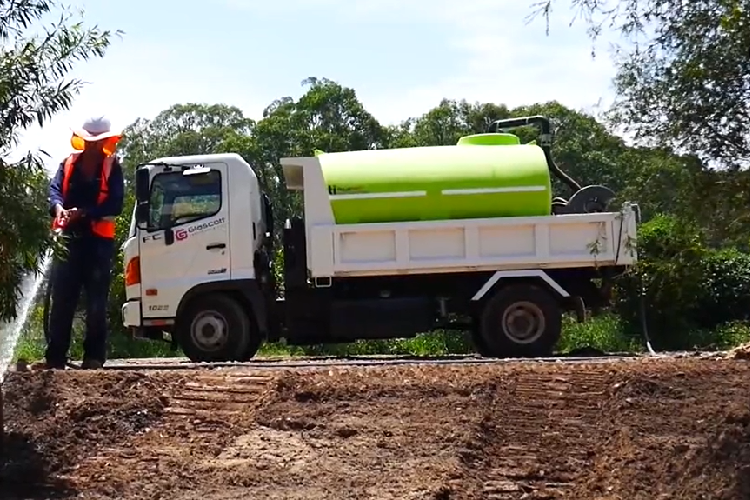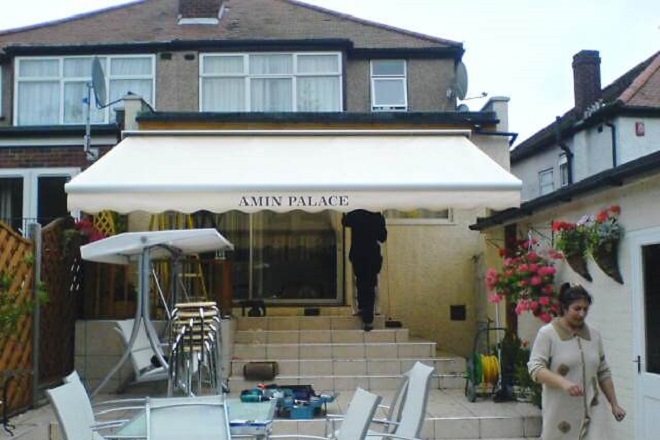It seems continuing with the medication program as directed by the physician is the most significant problem with the senior patients, and is also often seen in the younger generation as well. This means that the usefulness of the medicines is reduced or is next to zero, which ideally is not desired by the physicians, the home care nurse if any and even for the patients.
In such situations, it becomes extremely necessary to recon the medication schedule and for that there needs to be a standardized process followed. This is because the needs, medical conditions and other factors that may cause variance in medication schedule may be diverse. In such a given scenario, it is not easy to recon the schedule differently for different patients.
Need for medication recon
The importance of a proper and effective medication recon is immense, and that too in a standardized form. There are several reasons for it such as:
- There is a large volume of home care patients at the agencies and for all the home health care jobs need to be specific or personalized and
- There is an equally large number of senior or ailing patients that see their pharmacist only once or never, if other members of the family visit the shop to buy the medicines.
In such a given condition, it becomes absolutely necessary to communicate with the pharmacist and visit on behalf of the patients as many times as possible and coordinate the care process between the pharmacist and the home care clinicians.
The simplified procedure
The process followed for medication recon seems to be simple. It involves visiting the patient and after that the pharmacist. A detailed consultation note is prepared and left which includes different aspects such as:
- A carefully designed plan for medication
- Any changes made in the medication schedule and
- The monitoring parameters in the Electronic Health Record
This plan is also required to be communicated between the pharmacist and the home care nurse case manager through telephone conversations.
In addition to that, the home care nurse of the patient may also request the pharmacist to visit the client if there are any further changes made in the medications or if the home care nurse suspects that the patient is continually experiencing to have medication related issues to their health.
Help for the end users
The job of all home healthcare agencies is to establish a standardized process for medication reconciliation. This will help the end users that involves many different people apart from the patient himself or herself such as:
- The nurses
- The home caregiver
- The physicians
- The pharmacists and other healthcare providers.
The fact that they are also considered the end users is that these are the specific individuals who are involved in the medication reconciliation directly. They are actually the primary individuals who are involved in the decision making directly.
Designing the standardized process for medication recon
The standardized process for medication recon should be designed specifically and precisely including all the necessary elements in it.
- In it, the roles and responsibilities of each should be clearly identified and followed by each of the providers involved in the care process.
- Everything must be formalized through distinct and clearly defined policies and procedures to ensure the quality of care and the usefulness of the medications.
Ideally, there are different stages to all at while creating a standardized medication recon process. All these stages involve different types of people who are involved in the care process, directly or indirectly. For example, in a particular care process:
- The home care nurses may be the ones who are primarily responsible for the medication reconciliation.
- The pharmacists on their part will play the role of the most needed consultant and make proper and proven recommendations for changes in order to optimize the medication process and therapy.
- The physicians on the other hand will be responsible for making the final decisions as to how the medication discrepancies and issues can be best addressed as and when they arise. They are also required to document justification for making any changes in the medication therapy and the effects it will have in the final care process and result of the patient’s health.
That is to say that no single process will be able to meet the needs of all the senior patients who needs home care and all the home care agencies needs to recognize these and realize the need of a proper and standard medication recon process.
The steps to follow
According to the IHI, there are a few specific steps to follow and formally implemented during the recon of a medication process. According to their suggestion, there must be:
- A specific timeframe set for medication recon completion
- A specific time to follow when such medication reconciliation must be done and
- A checklist and form developed as required to guide all the involved providers all through the recon process.
The process should typically start by the establishment of a flowchart that should ideally include each and every step of the medication recon process. It must also specific clearly how exactly the process will fit into the bigger workflow of each of the providers involved.
All this will ensure that everybody involved in the care process whether it is the home care nurse or the pharmacist, the physician or any other healthcare professional take part in the process more actively. This will further ensure the effectiveness of the medication and the success of the care process on the whole.
The final step
When the home care agencies are done with the initial steps mentioned above, it is now time for them to provide a specific training program to all of the providers involved in medication recon and the care process. This will ensure that everyone involved understands the process well and completes it just as intended.
Finally, home care agencies must also consider linking the medication recon process to other strategic goals just to emphasize the significance of the process and get all the providers on board and on the same page.




